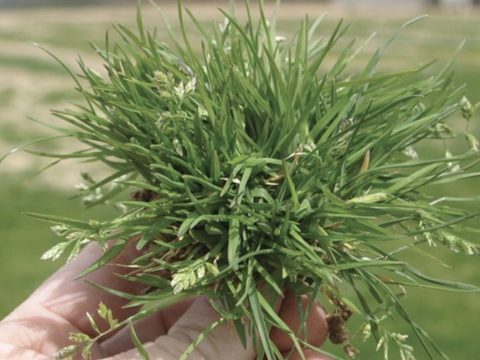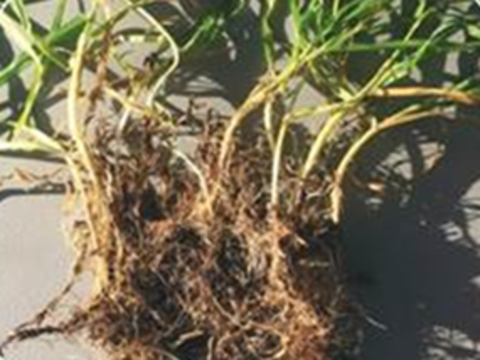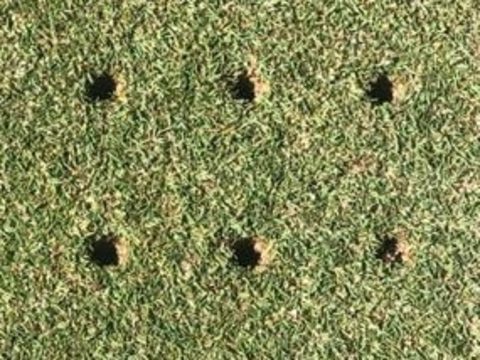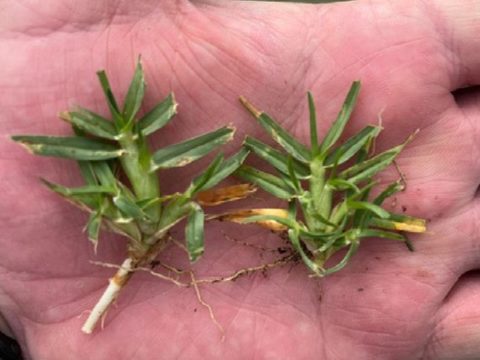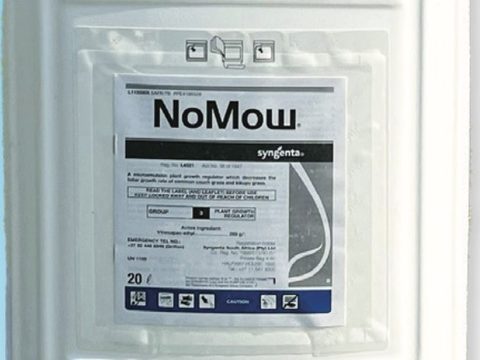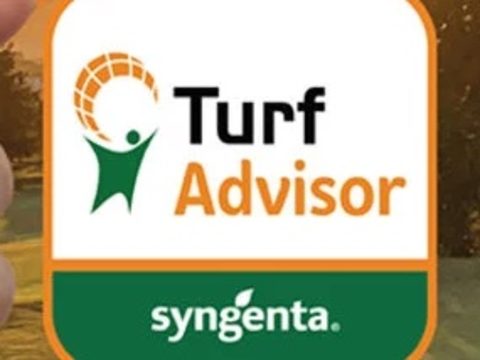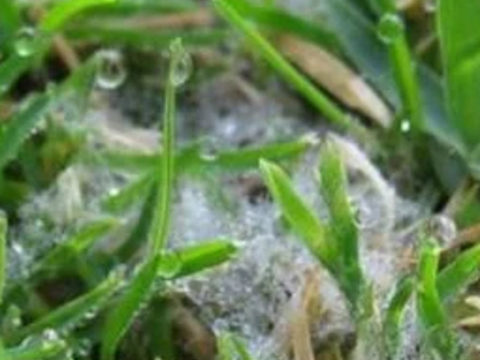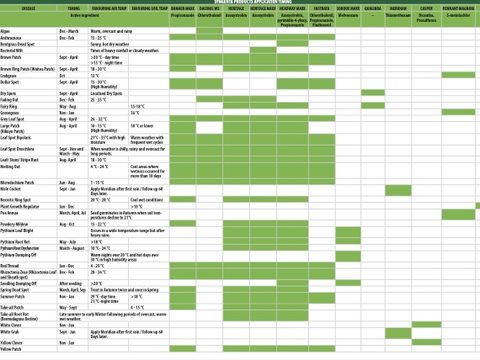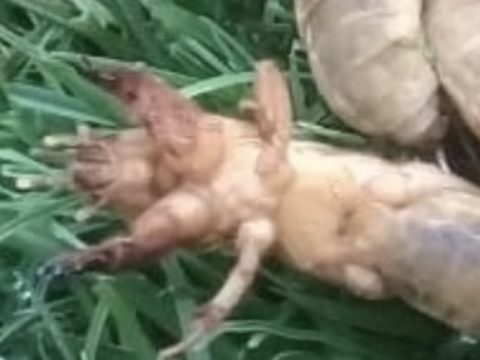Pythium panic - rather be safe than sorry
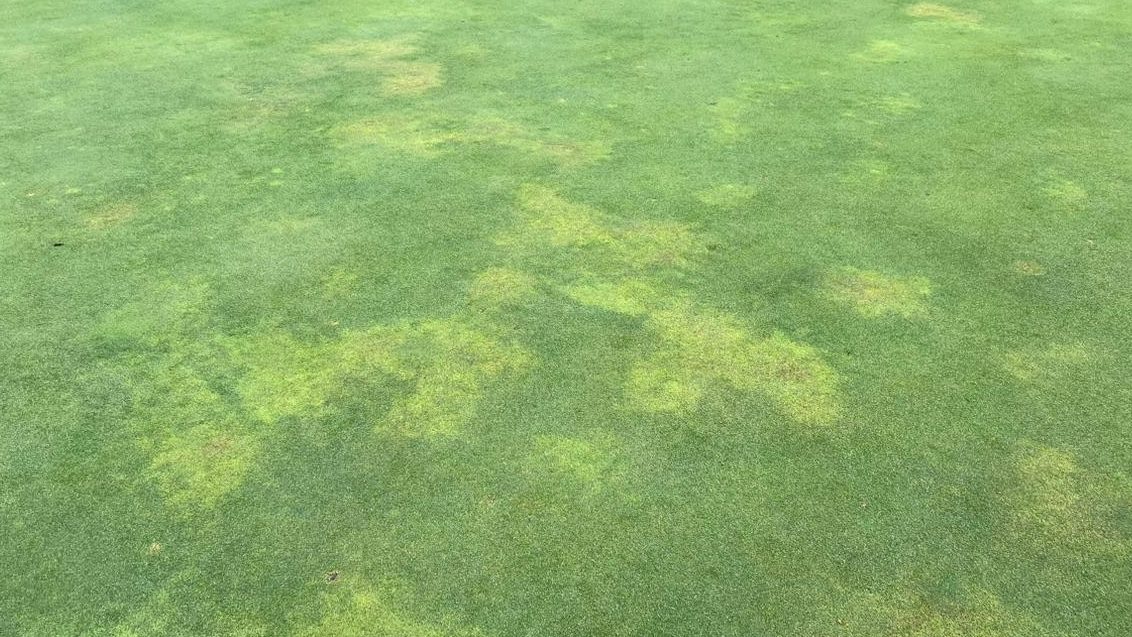
Prevention is always cheaper and a lot easier than dealing with damage when it comes to your disease management.
It is a more sustainable method of operating too as once you see the disease on the surface you are already at the eradicant stage which is extremely costly and tough to control.
Above is a typical example of how pythium root rot presents on bent/poa greens - it's best to remove guess work and to test for pathogens every 6 months.
Know your enemy - Pythium Root Dysfunction / Root Rot
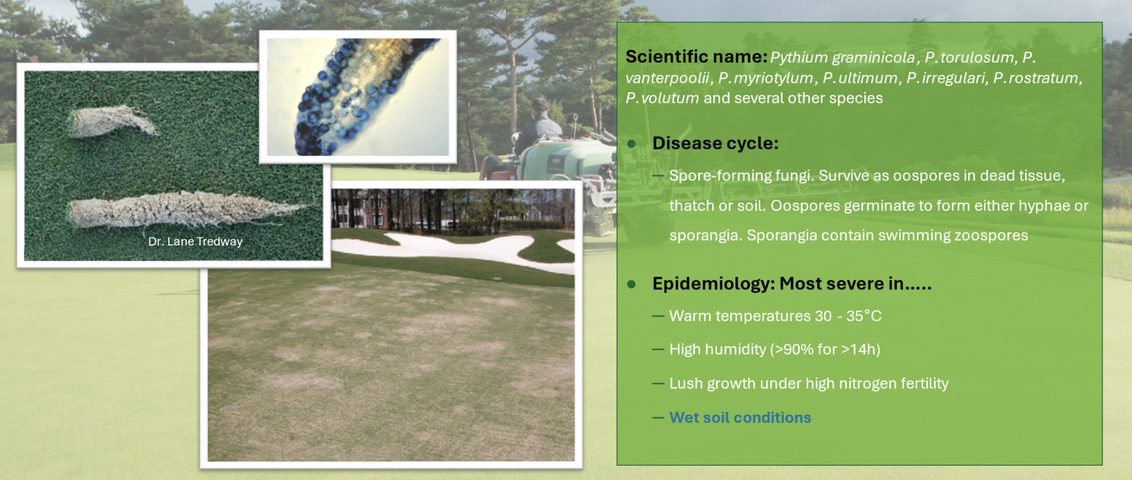
Prevent pythium from taking control over your greens
Key management tips
- Protect your plant through a sound IPM.
- Nutrition: Avoid heavy applications of fertiliser in spring and summer and use a slow release nitrogen source.
- Organic matter management: Manage thatch levels through scarification, aeration and top dressing. Make sure you core aerify every 3 - 4 weeks to enhance oxygen movement into the root zone.
- Irrigation: Implement your irrigation early mornings/early afternoons. Deep and infrequent.
- Air movement: Maintain adequate air movement, selective tree removal and use fans if practical.
Expert tip:
Prevention is better cure. Doing your autumn and spring treatment (even if you adjust the timing to suit your club), and getting your preventative fungicides down at the right time will always pay off in the long run.
What to do if you have a pythium problem:
The pythium specialist Subdue Maxx reduces oospores in the soil and must be left on the leaf for 30 minutes before washing in.

Check stock levels of Subdue Maxx or speak to an expert at Talking Turf here.

